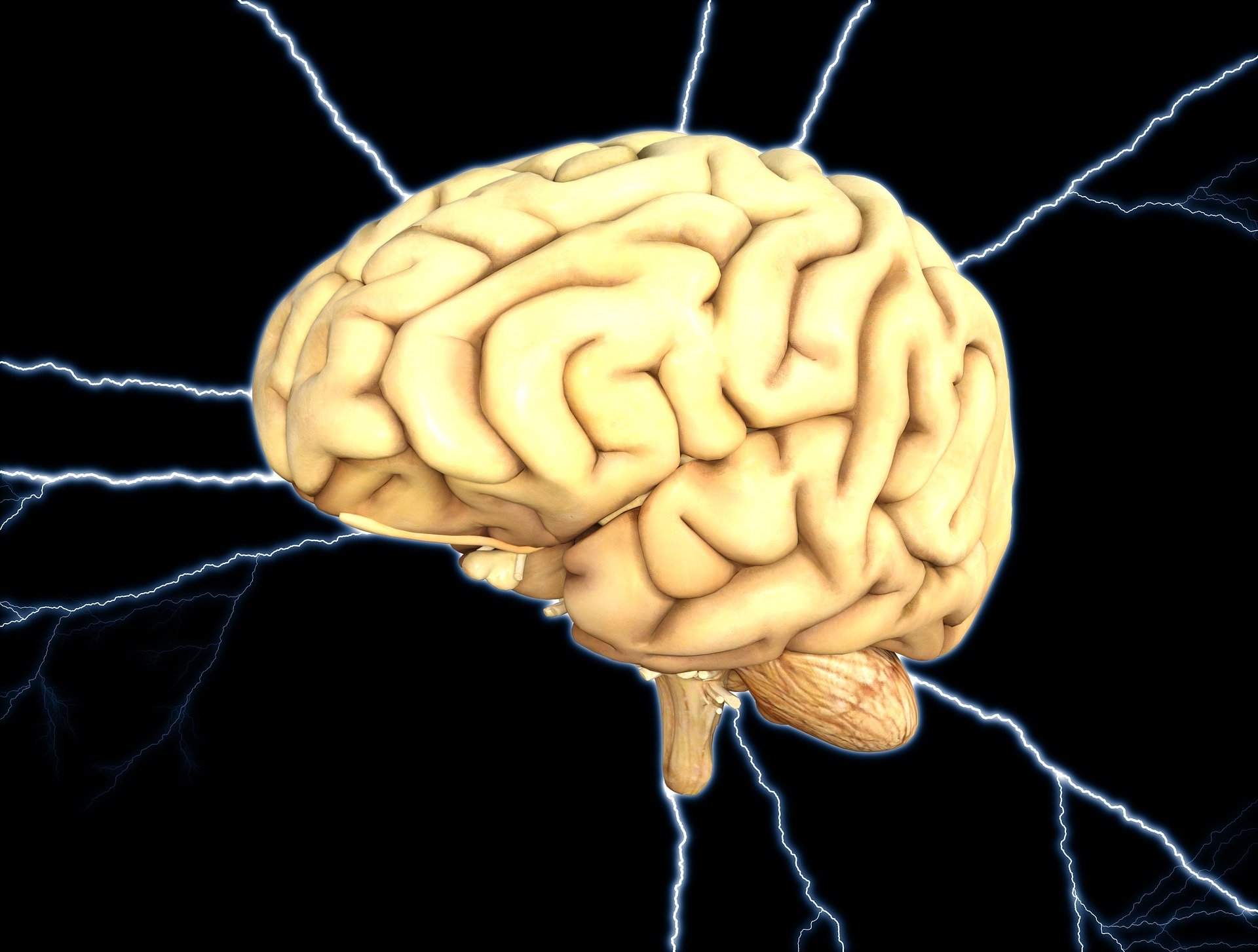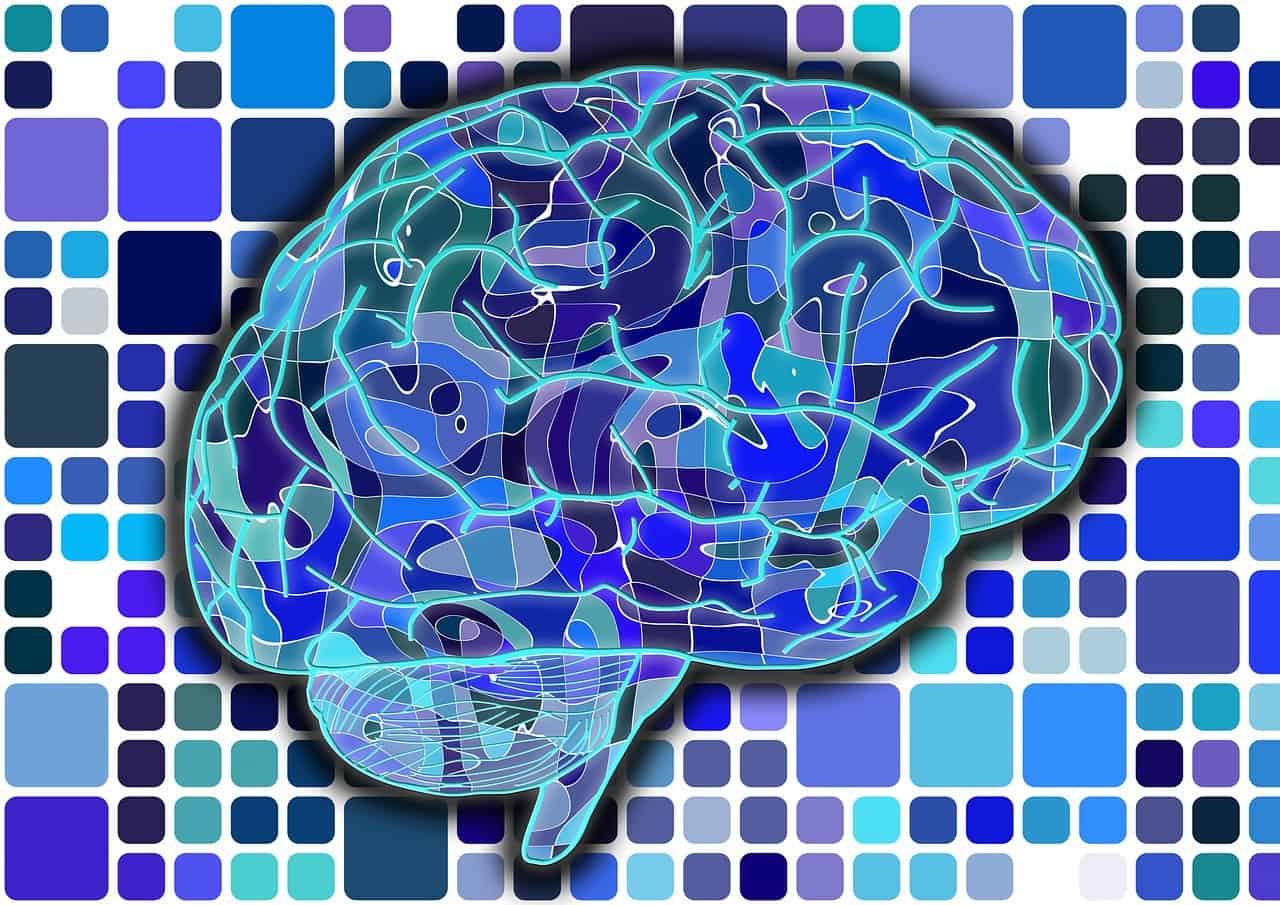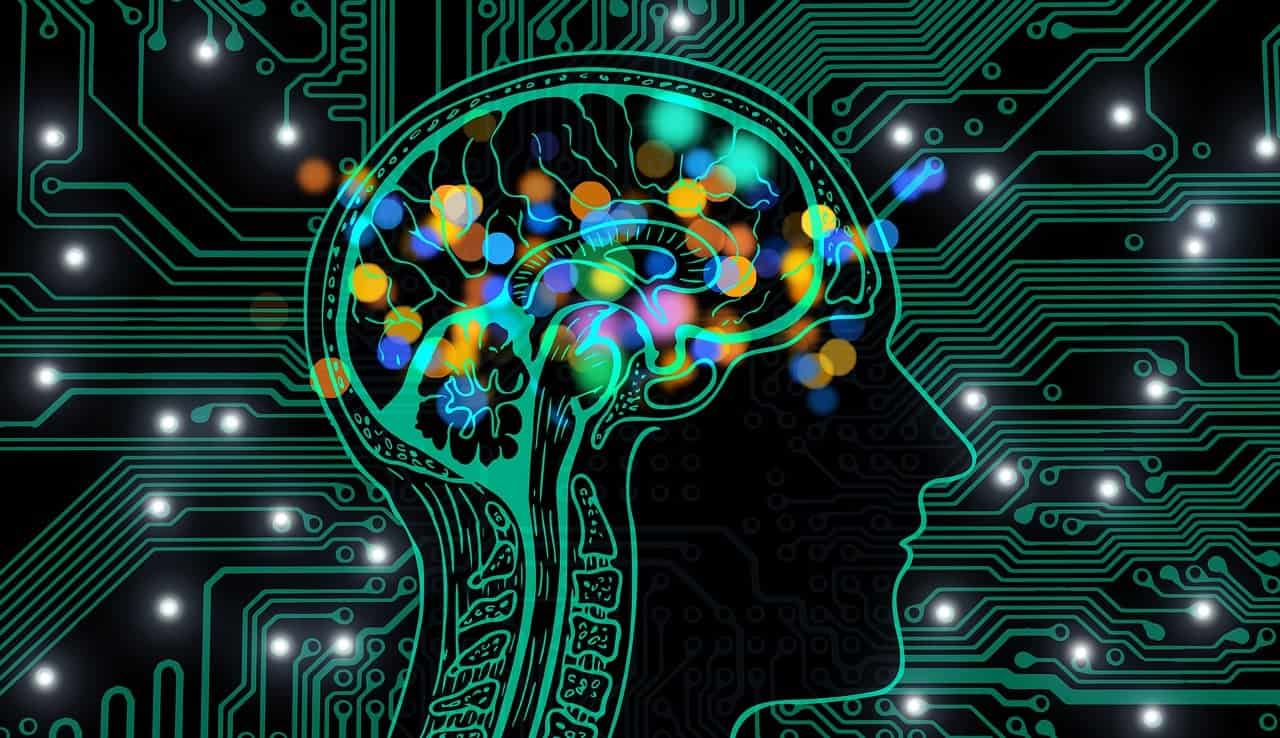
A breakthrough at the University of Twente (UT) in the Netherlands has brought new brain-like computers one step closer. An international group of researchers led by Prof. Dr. Christian Nijhuis has developed a new type of molecular switch that can learn from previously displayed behavior. The researchers published their findings today in the scientific journal Nature Materials, according to the university in a press release. “These molecules are learning in the same way our brains do,” Nijhuis says.
Computers, data centers, and other electronics use massive amounts of energy. We are now building huge wind farms in order to satisfy that energy demand. But according to Prof. Dr. Christian Nijhuis, we can also shift our attention to making our electronics more efficient. “Our brains are the most efficient computers we know. They use ten thousand times less energy than the most economical computers,” Nijhuis points out.

Efficient brains
This is because our brains process data in completely different ways. Whereas computers process binary streams of information – with zeros and ones – our brains work analogously with time-dependent pulses. “Our brains process the information from millions of nerve cells coming from all our senses without any difficulties. When doing this, unlike traditional electronics, it uses only the brain cells and synapses that pulses pass through,” Nijhuis explains further. Because of the fact that energy is only expended during a pulse, our brains can process a lot of data at once much more efficiently.
Hardware for artificial intelligence
The molecules Nijhuis and his team have engineered are capable of performing all the Boolean logic gate operations required for ‘deep learning’. “Deep learning is a form of machine learning based on artificial neural networks and is widely used not only where automatically recognizing images and speech is concerned, but also in the quest for new medicines and, more recently, in the creation of art. All of which are much more difficult for a computer to do than for our brain,” Nijhuis notes. Researchers are making great strides in the field of software for artificial intelligence, but these molecules are now also bringing the hardware for artificial intelligence closer.
Artificial neurons
To simulate the dynamic behavior of synapses at a molecular level, the researchers combined fast electron transfer with slow proton coupling constrained by diffusion. This resembles the fast pulses and slow uptake of neurotransmitters from the neurons in our brains. The molecules can alter the strength and duration of these pulses. As such, they demonstrate a form of classical conditioning. The molecules adapt their behavior to the stimuli that they have previously received. A form of learning. In the future, these kinds of molecules may also respond to other stimuli such as light.
Numerous new applications
This breakthrough opens up possibilities for developing a whole new range of adaptable and reconfigurable systems. These in turn can lead to new multifunctional adaptive systems that substantially simplify artificial neural networks. Nijhuis: ” By doing this, we will dramatically reduce the energy consumption of our electronics.” Multifunctional molecules that are also light-sensitive or can detect other molecules can also potentially lead to new types of neural networks or sensors.
Online publication
Christian Nijhuis leads the ‘Hybrid Materials for Opto-Electronics‘ group (HMOE; Faculty of TNW), part of the MESA+ Institute for Nanotechnology at the UT. He is also Principal Investigator in the research area Computing Molecules & (Opto)Electronics within the Molecules Centre of MESA+. This research was conducted in collaboration with Damien Thompson, Professor of Molecular Modeling and Director of SSPC (Science Foundation Ireland Research Centre for Pharmaceuticals at the University of Limerick) and Enrique del Barco, Pegasus Professor at the University of Central Florida.
The publication entitled ‘Dynamic molecular switches with hysteretic negative differential conductance emulating synaptic behavior’ was published in the scientific journal Nature Materials. Nature Materials is a top-three journal in the fields of chemistry, physics and matrix science. This publication can be read online.
Selected for you!
Innovation Origins is the European platform for innovation news. In addition to the many reports from our own editors in 15 European countries, we select the most important press releases from reliable sources. This way you can stay up to date on what is happening in the world of innovation. Are you or do you know an organization that should not be missing from our list of selected sources? Then report to our editorial team.






